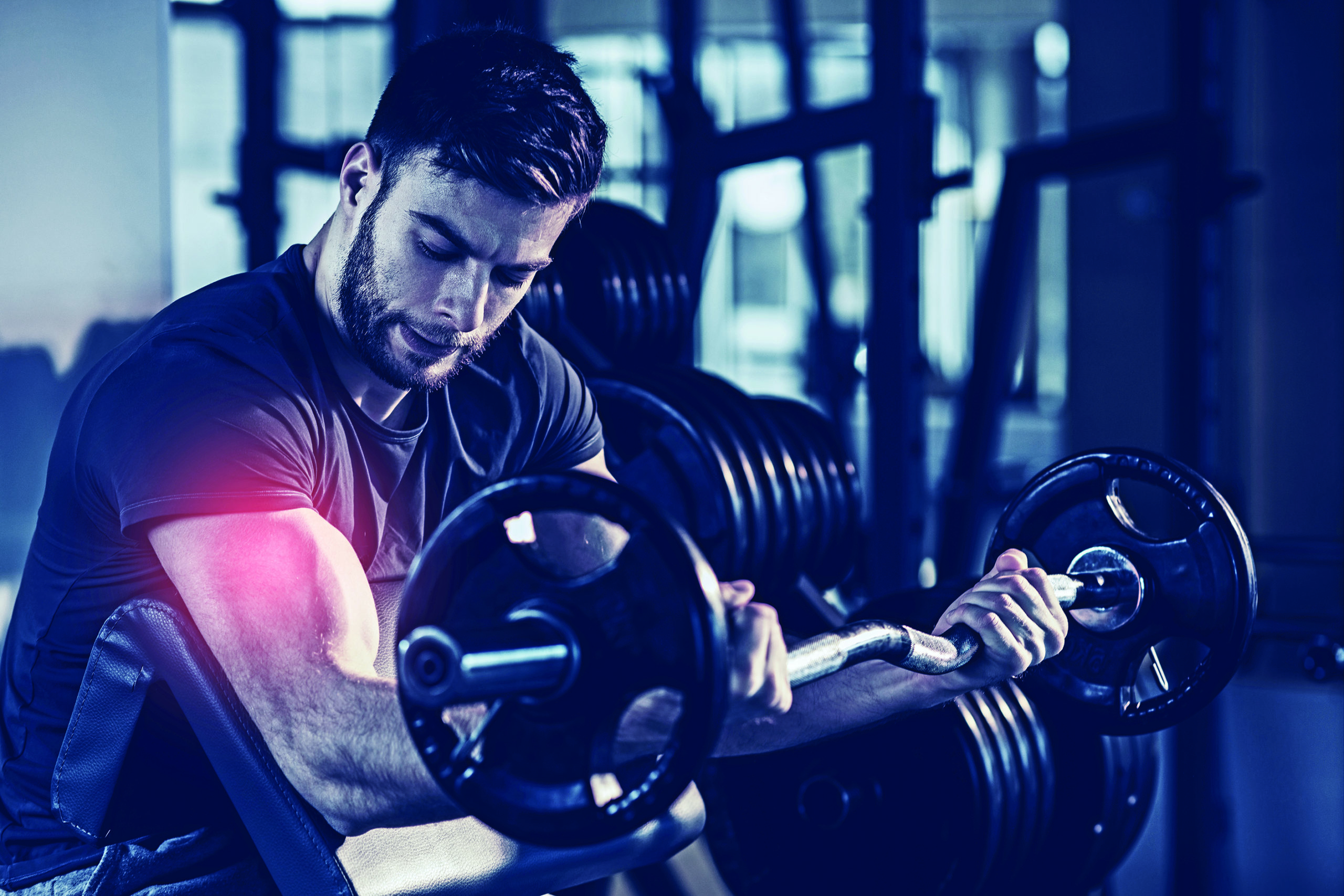If you set yourself a resolution to get into better shape this year, you’re not alone because according to a recent YouGov poll, the number one resolution was to exercise more. This was followed by, saving money, eating healthier, and losing weight. At that time, of course, we didn’t know Covid-19 was around the corner. Still, if you are among the many who started off with the intention of going hard in the gym, torching body fat or building muscle – that’s something to celebrate. You should be happy you want to get inspired to either begin working out or reinvigorate the passion and intensity of your existing workouts. But if you’ve just started out or have been pushing yourself to new heights with personal bests, your muscles may be feeling pretty sore right now. This means you’re also likely questioning if you should keep working out while your muscles are in so much pain – no pain no gain, right? To work out, or not work out while your muscles are sore… which is the smartest route to magnificent improvements?
Normal Pain
First off, don’t worry about the agony, providing you can take it mentally. The muscle soreness you’re experiencing is totally normal – we’ve all been there. It is referred to as delayed onset muscle soreness (DOMS). DOMS occurs as a result of exercise. It is microscopic damage to muscle tissue that occurs while exercising – often called micro-tears. The topic of DOMS is an area of interest and study among athletes, exercise enthusiasts, and exercise scientists. Let’s face it, if you’ve experienced the pain from DOMS you want answers
So then, what’s the answer to the question, should you keep exercising if you’re experiencing DOMS? Yes, but also maybe no. If the pain is completely intolerable, then don’t. Make sure you fully rest and recover. If the pain is that agonizing it may be more than DOMS. You don’t want to risk serious injury so always consult a professional if you’re unsure, especially if you’ve heard or felt a snap, tweak or movement in an unnatural direction.
Workable Pain
If the muscle soreness is for the most part bearable, then don’t let it sideline you because you should continue to exercise – but, ensure you exercise very strategically. A well-constructed training program should be designed to allow for, and encourage, muscle recovery, which typically takes somewhere around 48-72 hours. For example, if you trained your chest on Monday (international “chest day”) and your chest is really sore on Wednesday, don’t train it again. Instead, train another body part that doesn’t use any of the chest’s supporting muscles groups, such as calves, legs, lower back or abs. Alternatively, you could consider some light aerobic exercise to get the blood flowing because a study in >The Journal of Strength and Conditioning Research showed that massage and active recovery exercises actually yielded similar results when helping offset DOMS. This means the expense and time of a trip to the massage therapist can be completely offset by walking gently to their premises then walking home – providing they don’t live 20 miles away.
Pain Management
Other tried and tested options for offsetting DOMS include walking, stretching, implementing a cool down to your workout, doing yoga, foam rolling, and doing some light swimming to name a few. Additionally, make sure you are completely hydrated. This one sounds so incredibly simple, but is often overlooked. Being hydrated will do more than bolster your performance. One study in >The Journal of Athletic Training showed a relationship between dehydration and increased muscle soreness. So making sure you’re not thirsty means you’ll always put yourself in the best possible position to sidestep the hurt. You can also avoid body part targeting sessions where you choose to work on 1-2 muscle groups in each workout. Instead, consider spreading the load across many muscle groups by doing full body workouts where you work everything each day. That way, you’ll never completely overload a body part to the point where it’s incapacitated with pain.
There are always ways to work around the nuisance that is muscle soreness. If you’re turning to supplements then some evidence suggests that CoQ10, taurine, and vitamin C may help. And a 2010 study in >The International Journal of Sport Nutrition and Exercise Metabolism showed supplementing with branched-chain amino acids (BCAAs) reduced DOMS in untrained individuals. That’s not to suggest that BCAAs are the be all and end all for muscle soreness, but it does shine a light on how vital high-quality nutrition is for recovery. Eating correctly will always reduce pain, so choose high quality nutrients.
The big takeaway here is if you aren’t injured, and you are experiencing DOMS, don’t let it deter you – it is totally normal and you should keep up your enthusiasm for exercise and stay on track with more work.







